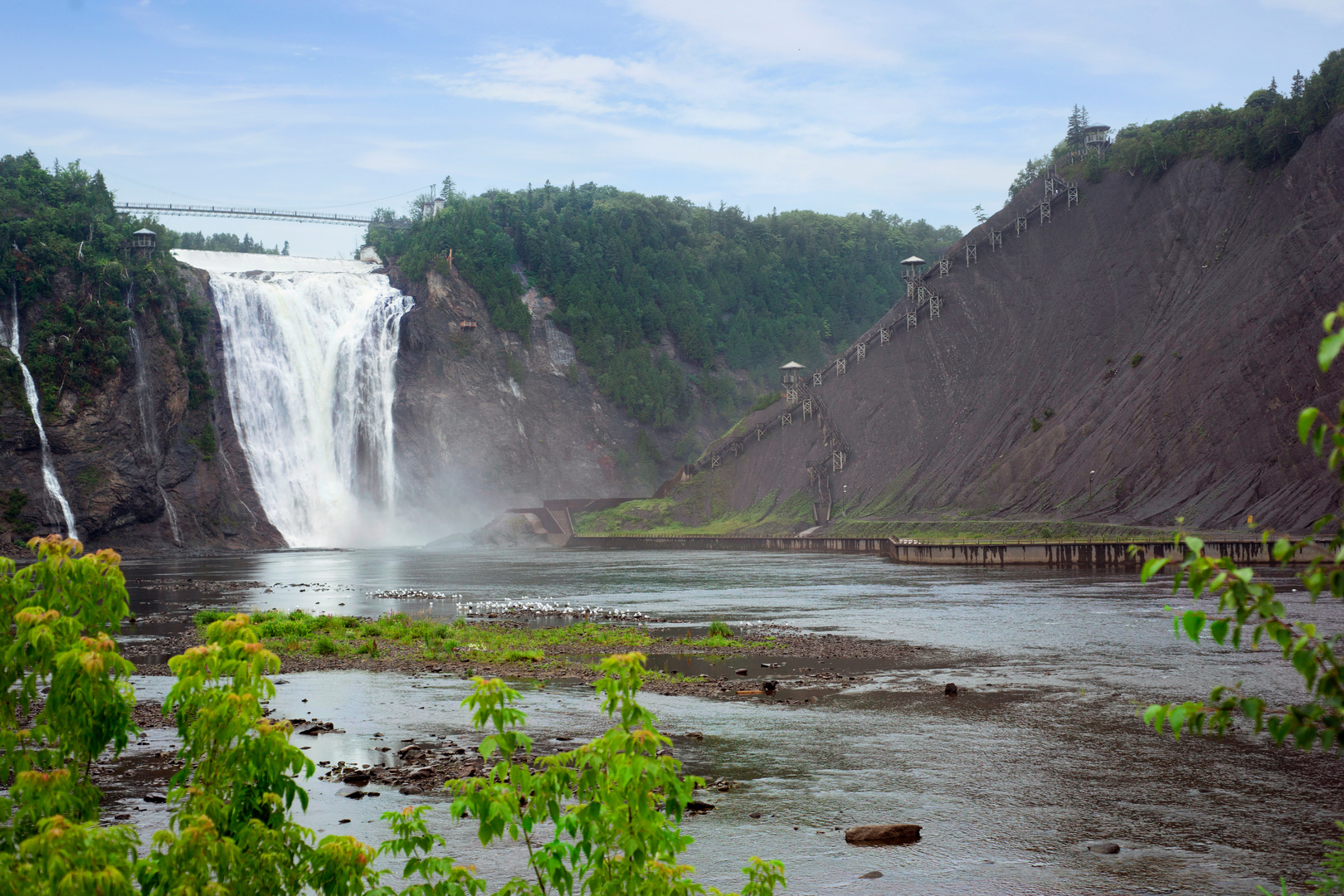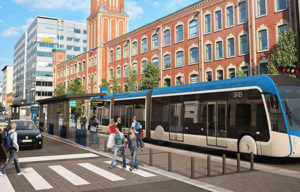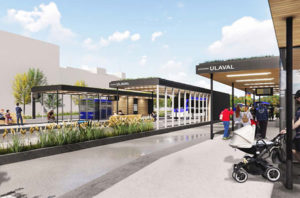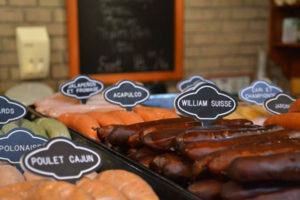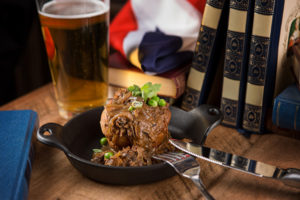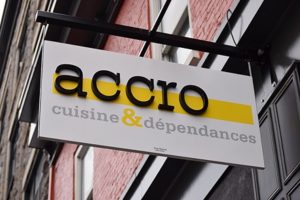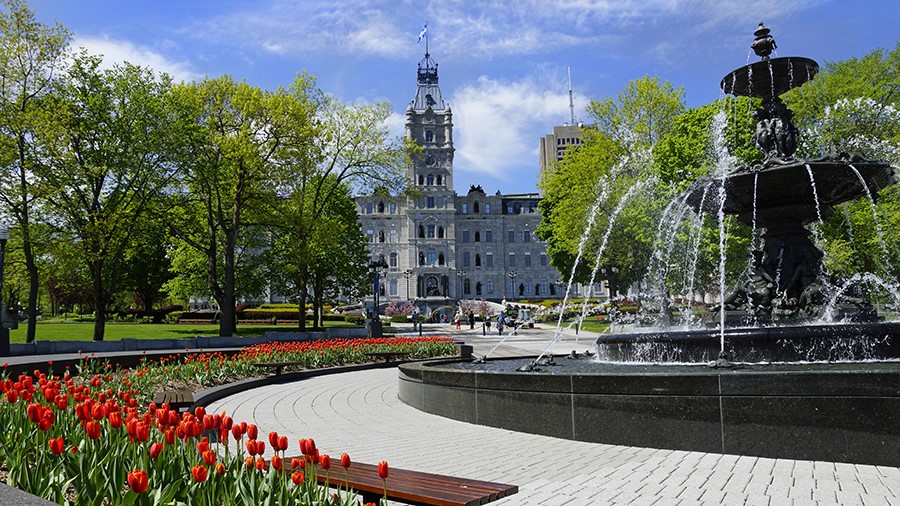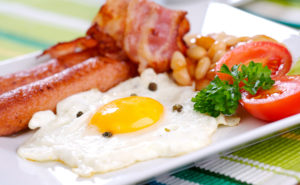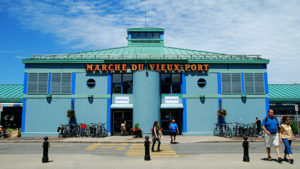Guestrooms
Montmorency Falls is without a doubt one of the most striking natural wonders in the Québec City area. Stretching upwards a spectacular 83 meters—30 meters higher than Niagara Falls—it attracts thousands of visitors each year. We’ve compiled a list of seven reasons why you might want to take a closer look at this stunning attraction during your stay at Hôtel Château Laurier Québec!
1. Its ancient geological strucutre
Several hundred million years ago, during the Paleozoic era, the entire Québec City area was located on a continental margin. The waterfall is a remnant of this ancient period—a fault over which the Montmorency River rushes.
Although it would be nice to imagine a family of diplodocuses taking a dip at the foot of the waterfall, we know that the area was actually frequented by large fish and giant squid!
2. Ghosts of the past
The indigenous people who populated the area had long known about the waterfall, but it was Québec’s founder, Samuel de Champlain, who dubbed it Montmorency falls. He chose the name in honor of the Duke of Damville, Charles de Montmorency-Damville, Admiral of France and Brittany. But the Duke never saw the falls that still bear his name; he died in 1612 never having set foot in Canada.
Over 150 years later, under the leadership of General James Wolfe, the British built land fortifications near the falls in preparation for battle. The site was chosen because it gave the British a good view of the defenses installed by the Marquis de Montcalm and the French army from the other side of the river all the way to Québec City. Remnants of these military installations dating from 1759 have survived and are located in the eastern section of Montmorency Falls Park.
The war also spawned the legend of the White Lady. Two young lovers, Mathilde and Louis, were set to be married in July 1759. A few days before the wedding, the British launched an attack near the falls. As a member of the colonial militia, Louis joined the battle and was killed. Overcome with sadness, Mathilde returned home, put on her wedding gown, and threw herself over the falls. Even today, some say they can see a white figure throwing herself into the churning waters below.
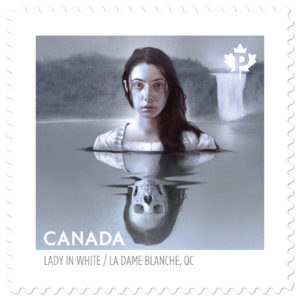
3. More than one waterfall
We usually think of it as a single waterfall, but Montmorency Falls is actually made up of three separate waterfalls. Montmorency Falls Park is built around the Grand Sault, the largest and most impressive of the three waterfalls. The two others are much smaller and rarely appear in pictures. One is natural and the other was formed by the old hydroelectric power station, the remains of which are still visible.
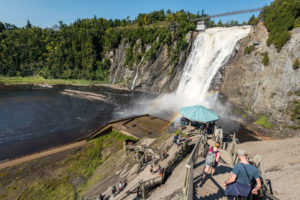
4. Thrills
If peaceful nature walks aren’t your cup of tea, Montmorency Falls is also a great spot for a healthy dose of adrenaline. From the terminal at the foot of the waterfall, you can hitch a ride to the top on a cable car. From there, you can walk the full width of the falls on a suspension bridge, with the water roaring just below your feet. If fear of heights isn’t a problem, you can take the 487-step panoramic staircase back down along the cliff.
True adrenaline junkies won’t want to miss the Via Ferrata. It’s a hybrid of hiking and rock climbing that involves traversing the rock wall using metal holds and a steel cable. There are three routes: Explorateur (beginner, ages 8 and up, 200 m, 2 hr.), Torrent de Montmorency (intermediate, ages 12 and up, 260 m, 2 hr. 30 min.), and Ascension Tyro 120 (intermediate, ages 14 and up, 120 m zip line and 130 m via ferrata, 2 hr. 15 min.). All routes are supervised by certified guides.
And if that’s not enough, you can zoom across the falls on a 300 m double zip line. Are you game?
5. Forbidden love
Located at the top of the cliff, Manoir Montmorency houses an interpretation center, a gift shop, and a restaurant. The current building is actually an exact replica of the original Manoir Montmorency, which went up in flames during renovations in 1993.
Way back in 1780, Governor Frederick Haldimand had the original Manoir built as country house. Later, the Manoir was the setting for a love affair between an extraordinary couple: the Duke of Kent (none other than Prince Edward, son of King George III and father of the future Queen Victoria) and Thérèse-Bernardine Montgenet, a married woman who called herself Julie de Saint-Laurent. Rumor has it that the illicit relationship lasted 27 years.
The Manoir is open seven days a week in high season (spring and summer) and over Christmas. Check to make sure it’s open before leaving, or ask us to inquire for you.
6. Step back for a better view
There are several ways to get to Montmorency Falls. The easiest is by car via Autoroute Dufferin-Montmorency. If you prefer to relax in comfort, there is also a luxury guided bus tour, which leaves from Québec City and stops at Montmorency Falls.
But did you know that the best view of the falls is from Île d’Orléans? Follow the highway until you reach the waterfall, then take the bridge over to the island. It should take about twenty minutes from Québec City. While you’re there, why not drive around the whole island (66.5 km) and stop for an ice cream or some fresh cheese and have a look in the traditional craft shops?
7. Le «pain de sucre»
No, it’s not a candy or a baked good. The refreshing mist that emerges from the falls is very pleasant on hot summer days, but the spray freezes in winter, accumulating on the cliffs and at the foot of the falls, where it forms what is known as the “sugar loaf.” In some years the icy mass can reach epic proportions. It was a popular destination as far back as the 18th and 19th centuries! Here’s a charming painting from around 1870.
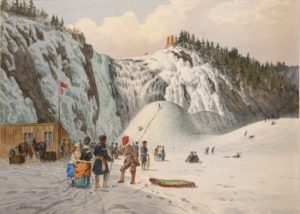
If you want to admire this fleeting wonder in person and take a look at some fearless ice climbers, you’ll have to visit us again next winter.
* * * * *
The staff at Hôtel Château Laurier Québec are here to help: whether you’re looking for the perfect restaurant, directions, travel advice, or an unforgettable gift, we take pride in helping you discover the best that Québec City has to offer.
